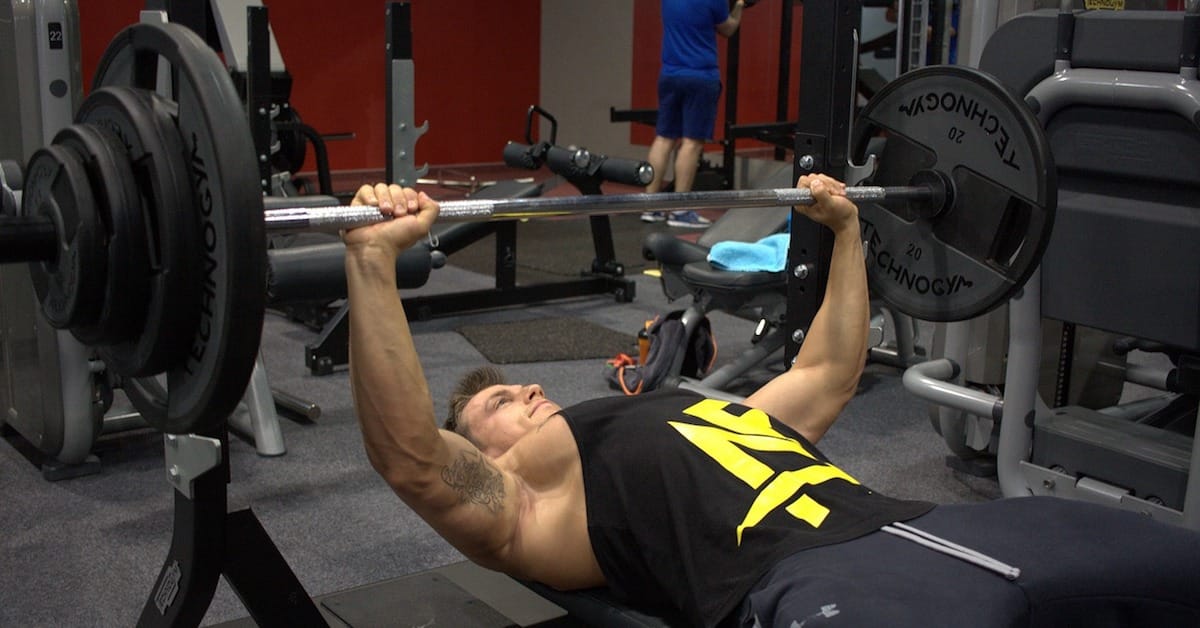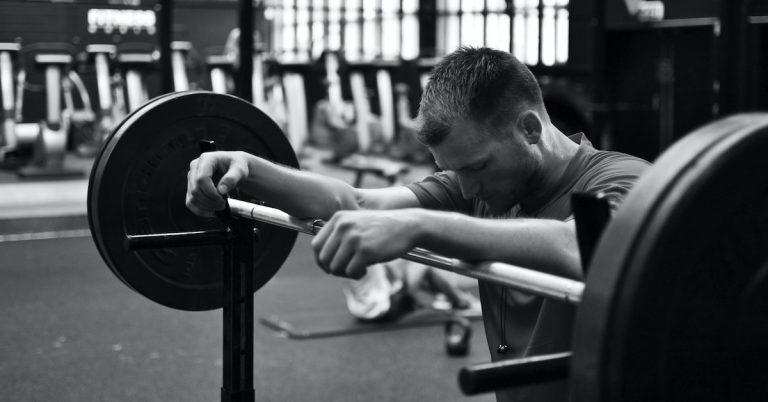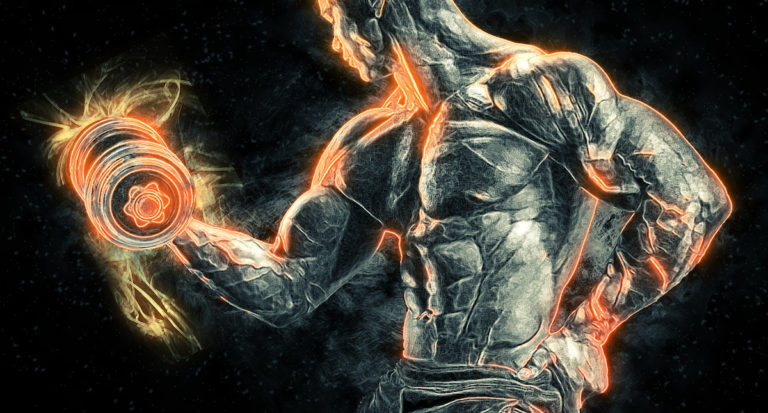Calves are notoriously challenging to develop, but after decades of trial and error, I’ve discovered a foolproof method to make them grow. This technique involves two key concepts that are simple yet incredibly effective: sticking to the basics and employing extended sets.
Stick to the Basics
When it comes to building calves, less is more. You only need two exercises: the seated and standing calf raise. The seated calf raise targets the soleus, the muscle you work when your knee is bent. The standing calf raise hits the gastrocnemius, which is activated to a greater extent when your knee is extended. Ditch all the non-productive movements and focus on these two powerhouse exercises. Increase your strength and workload with these over time, and your calves will grow.
Use Extended Sets
The real secret to calf growth lies in rest-pause training. This technique involves performing one long set with short rest intervals between reps. Here’s how you can implement it.
Seated Calf Raise
The initial goal is to perform 75-100 reps using a 20RM load. Load the machine with a weight you would normally use for a 20-rep set. Start the set and do as many reps as you can until you hit failure. At that point, rest for 10 seconds. Then, continue performing as many reps as possible until you hit failure again. Rest for another 10 seconds and repeat this cycle until you reach a total of 75 reps. This should take about 4 to 5 minutes. Begin with 75 reps in your first workout and increase by 5 reps each session until you reach 100 reps by your sixth workout.
Workout #1: 75 reps
Workout #2: 80 reps
Workout #3: 85 reps
Workout #4: 90 reps
Workout #5: 95 reps
Workout #6: 100 reps
Standing Calf Raise
After completing 100 reps of the seated calf raise, switch to the standing calf raise. Use a 15RM load and aim for 50-75 reps, increasing by 5 reps each workout until you reach 75 reps by the sixth workout.
Workout #1: 50 reps
Workout #2: 55 reps
Workout #3: 60 reps
Workout #4: 65 reps
Workout #5: 70 reps
Workout #6: 75 reps
Alternating Programs
After achieving 75 reps with the standing calf raise, switch back to the seated calf raise. Increase the weight by about 10 pounds, decrease the rep range by 10 (i.e., 65-90 reps), and repeat the process. Alternate between these two exercises monthly.
Train your calves once every five days. A typical split could be: Day 1 – Chest and Back, Day 2 – Legs and Abs, Day 3 – Off, Day 4 – Arms and Delts, Day 5 – Off. Repeat this cycle for six workouts before switching programs.
Yearly Progressions
Alternate between the seated and standing calf raise each month. The seated calf raise works best with higher reps, while the standing calf raise is better for lower reps.
Seated Calf Raise Progression:
Program 1: 75-100 reps
Program 3: 65-90 reps
Program 5: 55-80 reps
Program 7: 45-70 reps
Program 9: 35-60 reps
Program 11: 25-50 reps
Standing Calf Raise Progression:
Program 2: 50-75 reps
Program 4: 45-70 reps
Program 6: 40-65 reps
Program 8: 35-60 reps
Program 10: 30-55 reps
Program 12: 25-50 reps
Long-Term Strategy
At the end of the year, restart the entire process with heavier weights. For instance, use the weight from Program 3 of the previous year in Program 1 of the seated calf raise. Apply the same principle to the standing calf raise. Each year, as you increase the workload, your calf girth will grow.
Consistency and patience are your best allies in this journey. This method requires a long-term commitment, but the results will be worth it. Your body will respond to the progressive overload and increased intensity, leading to significant gains in calf size and strength. If only I had known this 40 years ago when I began training! With this approach, you can conquer one of the most stubborn muscle groups and achieve the massive calves you’ve always desired. Stay dedicated and trust the process—your calves will thank you.

Maximize Your Muscle Growth: Choose a Split Routine!
If your goal is to maximize muscle growth, focusing on fewer muscle groups per session might be your best bet.

My Favorite Leg Finisher
Everything in context! In the video below, I’m squatting with 225 pounds. It might not look like much weight, but

How to Get a Biceps Vein
Growing up, all I ever wanted was the “biceps vein!” I wanted it even more than huge biceps. Of course,
follow
Error: No feed with the ID 2 found.
Please go to the Instagram Feed settings page to create a feed.
